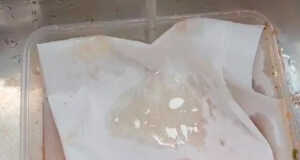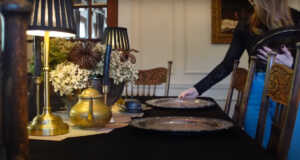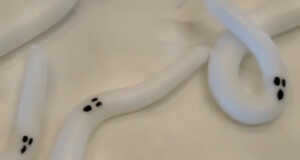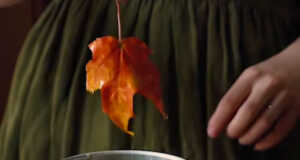Taking a photo of yourself or others isn’t so simple. With lighting, angles, and poses to make the subject look flattering, the post-production of skin smoothing, facetuning, body reshaping, and many, many (MANY) filters has become a must for many. And while we might think that this pre- and post-production of photos is a today problem, it’s always been a possibility, even a hundred-plus years ago. Yes, photos from the 19th century had the same level of edits as the snapping selfies of today.
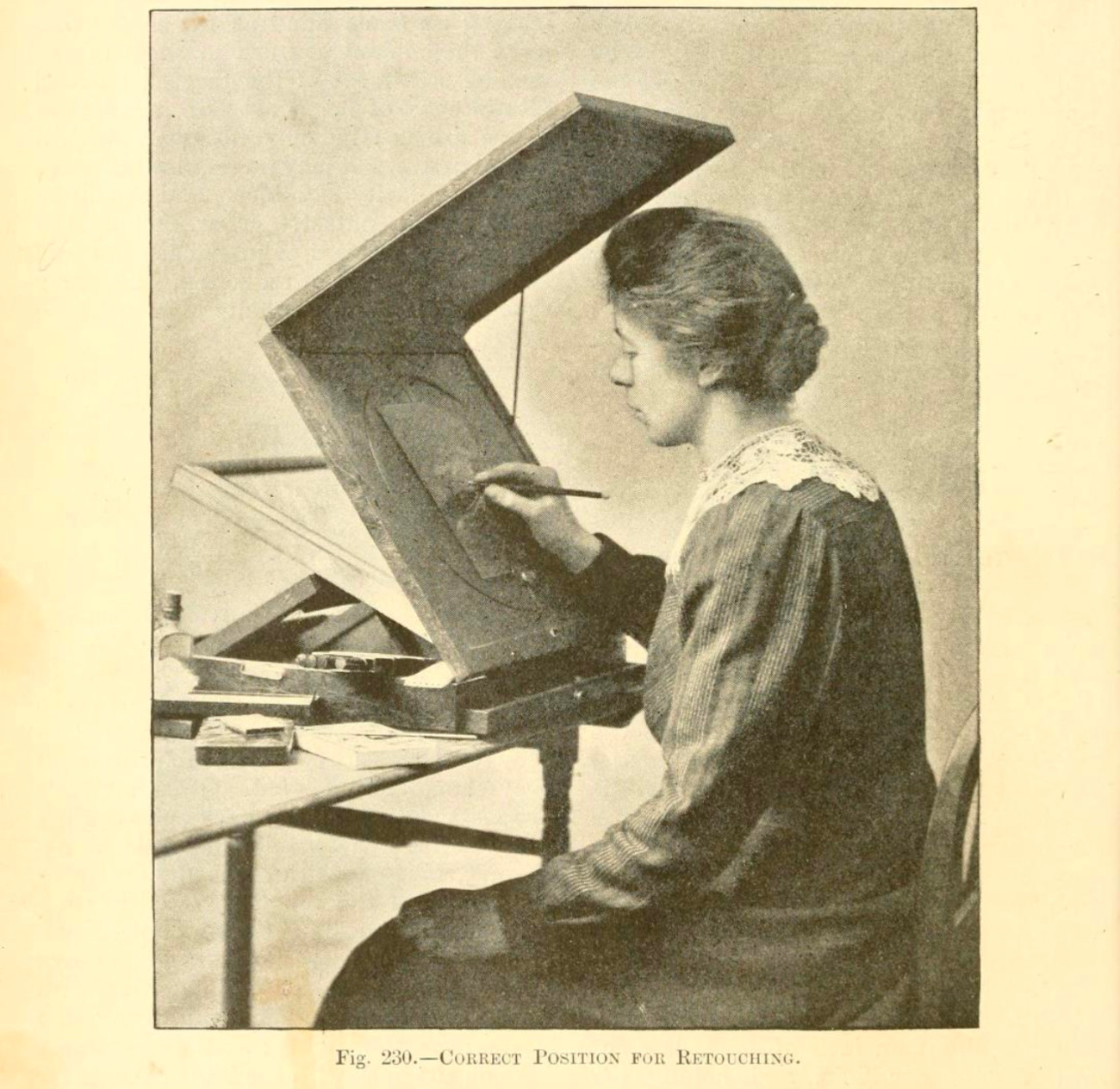
What could be considered Victorian Photoshop, the image of oneself didn’t come in raw purity but had carefully thought-out edits. Photos were expensive, and looking one’s best was a must. The art of editing was generally reserved for photo studios, but there was literature out there for the amateur photographer to understand the techniques that were commonly used.
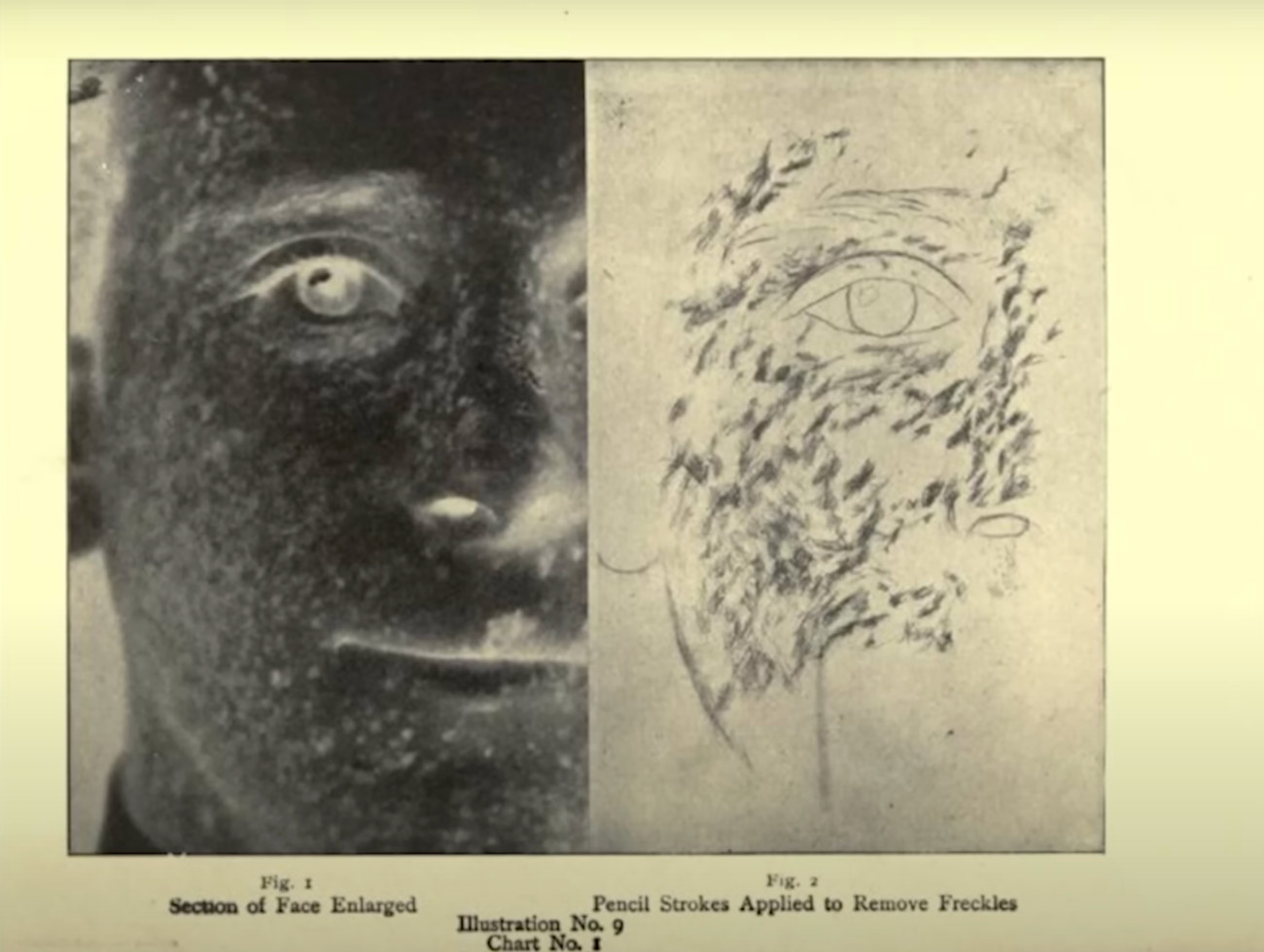
The smooth brightness of people’s faces wasn’t because of the good-old days but rather thanks to the technique of penciling. In order to create smoothness, erase wrinkles, remove blemishes or freckles, or add more brightness to the skin region, editors would edit the plates to get great photographic results. Going in with a sharp fine pencil, they’d make lots of tiny scratches on the plate, which would create more light highlighting and smoothness in the end result photo.
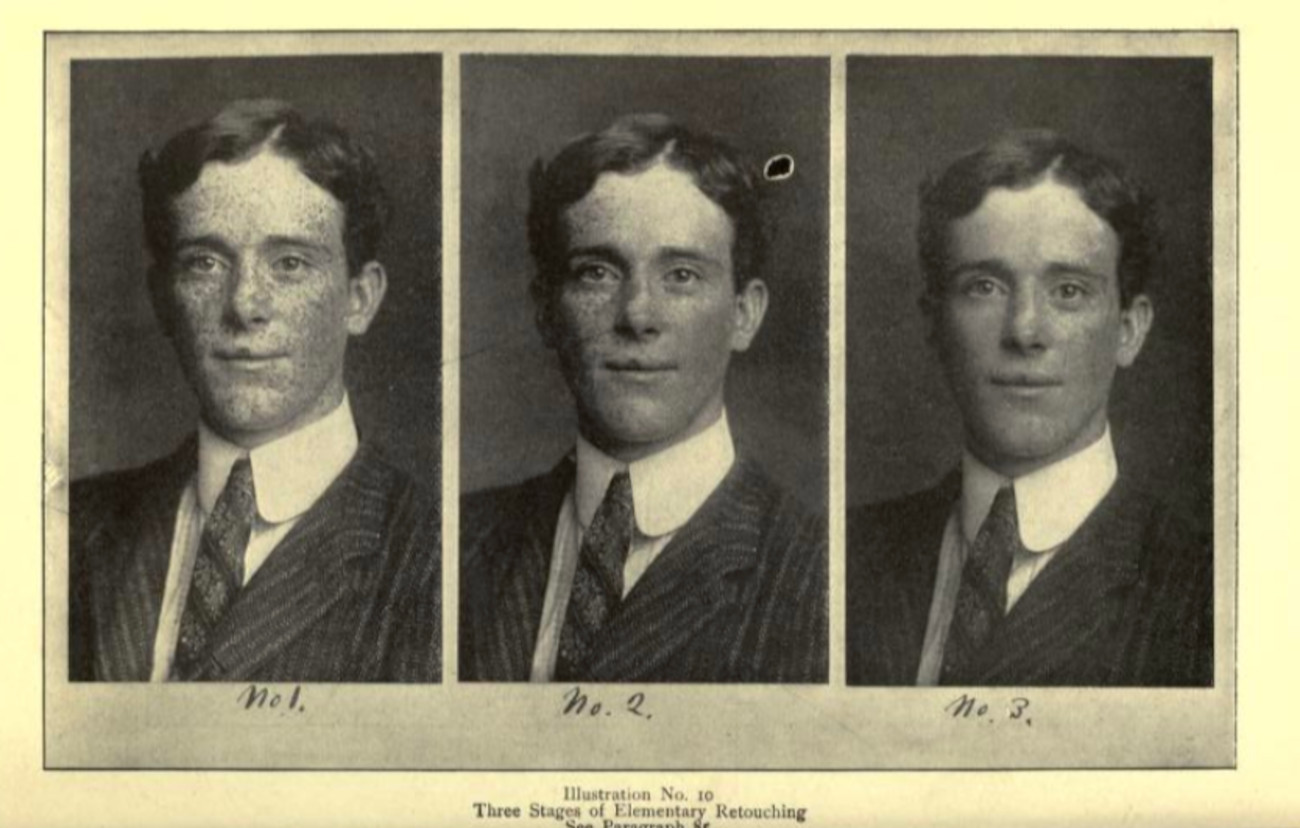
If experienced people could pencil in outfits to hide the bust and shoulders of a lady. Some editors could give a person by drawing tight, un-sagging eyes over the subject (who would have their eyes closed).
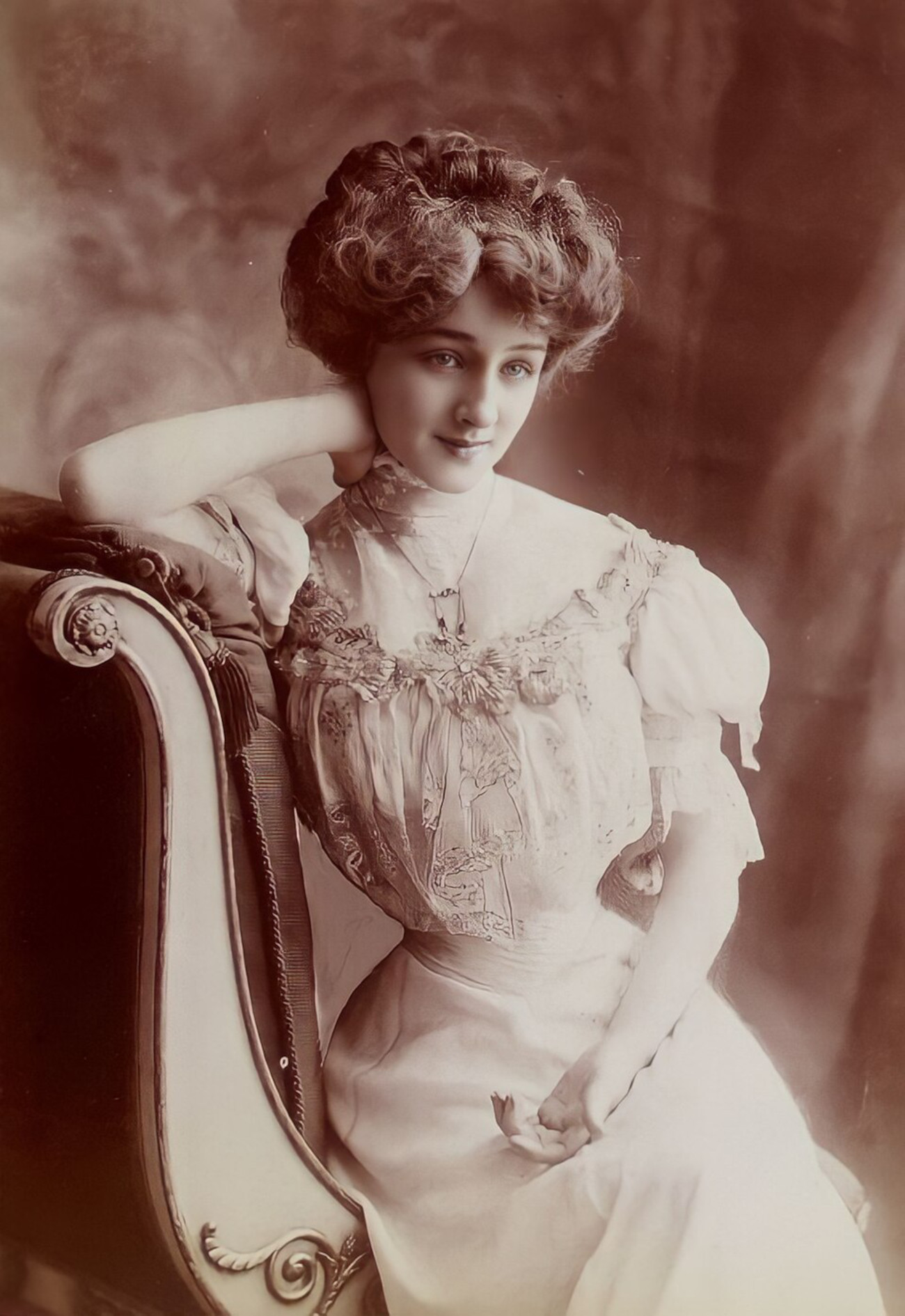
While corseting was a thing, and the Empress of Austria, Elizabeth, boasted an eighteen-inch waist, the reality for most women was far from that. Just like today, the use of a neutral, blurry background became the canvas for editing in a tiny waist. The waists were either painted over to match the background of the photo or etched out to blur into the background with highlighted overexposure. Depending on the skill of the editor, the technique was used with success and failure in countless portraits. An article written in 1895 said that while an eighteen-inch waist can be created, it’s hard to do successfully, as such a small waist can throw the entire portrait and composition out of proportion, and the edits can be exposed in plain sight rather than being subtly enhancing the photo.
If people knew that these photos were merely artistic representations of oneself, more like a painting than a real-life photo, it is hard to say. Nowadays, photos are seen as accurate representations of real-life body features, which makes the standards of style, design, and physique quite unachievable for many. Hopefully, we can take this knowledge and look at photos we see with a grain of salt.
